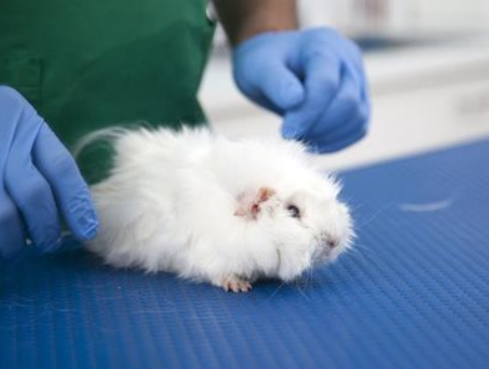Check out the latest additions to Exotis here…
Analgesia
Providing analgesia during and after procedures, especially surgical interventions, contributes to patient wellbeing and improved anesthesia outcome. Analgesia in guinea pigs is particularly important to improve the outcome of surgical procedures. It is important to give analgesics pre-emptively, as a more effective pain relief can be achieved (preventing ‘wind-up’). Furthermore, a major advantage of effective intra-operative analgesia is the reduced need for injectable or inhalant agents to maintain a level of anesthesia.
Written by David Perpiñán DVM MSc PhD DipECZM(Herpetology) MRCVS
Reviewed by Vicki Baldrey BVSc BSc(Hons) DZooMed(Avian) FHEA MRCVS
Joint & limb luxation / subluxation
Luxation involves complete loss of contact between articulating surfaces; subluxation involves partial separation of the joint, where one surface of the bone is still in contact with the joint. Joint luxation is poorly described in reptiles. Treatment involves reduction of subluxation or luxation (closed or open). External coaptation, analgesia and rest may be suitable in some cases of subluxation or luxation. In some cases of luxation, amputation or internal/external fixation (with or without external bandage) may be required.
Written by Agata Witkowska BVM BVS MRCVS
Reviewed by David Perpiñán DVM MSc PhD DipECZM(Herpetology) MRCVS
First aid overview
In ferrets, the aim of first aid is to provide effective stabilization and management, to ensure the best outcome for the welfare and wellbeing of your patients. First aid can cover a wide range of clinical conditions from a minor problem to the more critical emergency patients. All staff should be trained to recognize what is a first aid emergency from the initial phone call to the unexpected arrival of a patient when the owner just turns up at reception.
Written by Donna Brown RVN
Reviewed by Jemma Hildrew BVSc GPcert(ExAP) CertAVP(ZM) MRCVS


